Fish Hook Frustrations
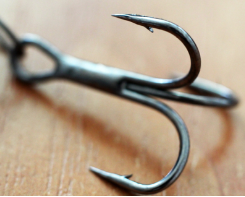
It’s common to see dogs hanging around community members while they fish. Maybe you enjoy the company of your dog while you’re out fishing. Unfortunately, sometimes dogs can get into a bit of trouble with fishhooks.
In an ideal world, a dog would be taken to the veterinarian and the hook would be removed under sedation. However, rural and remote living often means that the veterinarian is far away – maybe hours away, maybe a day’s drive away.
Here are some tips that you can use if you have to remove a fishhook from your pet without the ability to see a vet.
Where is the hook?
If the hook is in the skin or easily seen in the tissue in the mouth, a few tips can be offered to get it out.
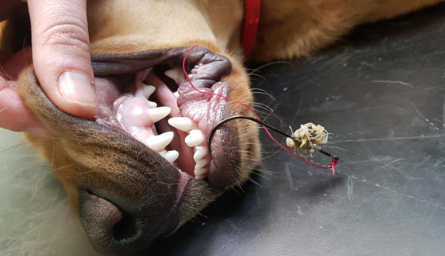
#2 get help to keep the pet still – you’ll need to cut the barbs off the hook, the less you’re pet moves, the better your chances for success. The removal of the hook will likely be painful. You will likely have to muzzle the dog. If it’s a cat, you’ll likely need to wrap them in a towel.
#3 can you see the barb? – most hooks have barbs present. Push the hook further through the skin to full expose the barbs. Cut the hook with wire cutters.
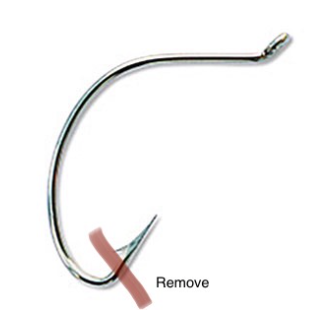
Can’t see the barbs? If the barbs are stuck in the skin:
- Tie a loop around the bend in the hook
- Press down on the eye of the hook and quickly pull the hook from the entry site (see picture below)
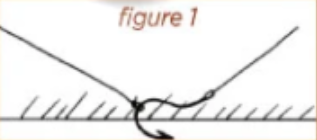
#6 clean it up – keep the puncture wound clean and dry. It’ll take a few days to heal. Wash it with a mild soap and water the first day, then keep it dry and dirt-free going forward.
Fishing line
Be sure to remove all fishing line that might be wrapped around your pet
Fishing line that has been left on a dog or cat’s body can cause serious damage by cutting off the blood circulation
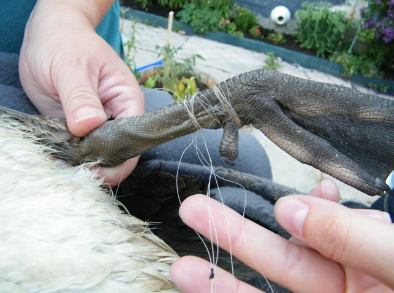
Did the pet swallow the hook?
If the hook was swallowed, this can be very serious for your pet as it can cause a tear or a blockage in their gut. If at all possible, a trip to the vet is ideal.
If there is fishing line present, cut the fishing line – do not pull the fishing line back out if it is attached to the hook (it can seriously cut inside)
If they ate it within the last 30 minutes, offer them a big meal or some bread. Sometimes this can help the hook dislodge and make it through the GI tract without injury.
This is more likely to be helpful in large dogs. Unfortunately, cats and small dogs have a higher chance of injury.
Signs that the hook has caused problems inside their body: not eating, vomiting, lethargy, abdominal pain, or blood in the stool or vomit.
We hope your pets won’t get into serious trouble with fishhooks, but it’s always good to have a few ideas in mind if they do.






